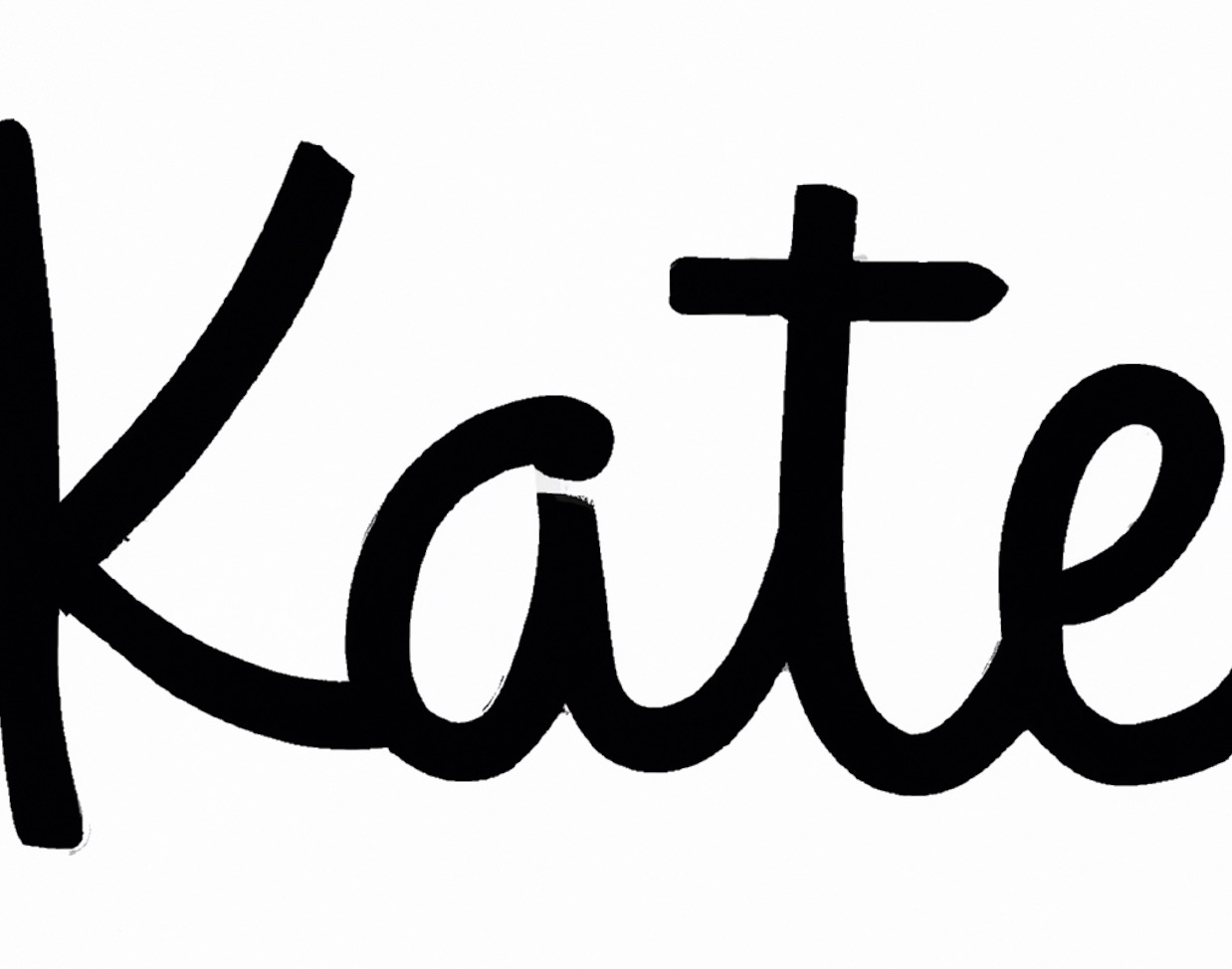CMYK stands for Cyan, Magenta, Yellow and Key (Black). It is a subtractive color process that is used in the graphic design world to produce a wide range of colors.
CMYK is the standard printing process used by most commercial printers and the primary color model used by print designers.
When a color is printed in CMYK, it starts with a white background. Each of the four colors (Cyan, Magenta, Yellow and Black) are then added to the page separately.
The combination of these four colors produces an array of vibrant colors that cannot be achieved with other methods.
CMYK works in a subtractive manner, meaning that as more ink is applied to the page the lighter it becomes. This allows for greater control over how light or dark an image appears on the printed page. When designing for print it’s important to keep this in mind when selecting your color palette as certain colors may not appear as vibrant on paper as they do on screen.
The CMYK model also has several advantages over other color models such as RGB (Red, Green and Blue). RGB is an additive color model which means that as more light is added to an image the brighter it becomes – this contrasts with CMYK which gets darker as more ink is added.
Using CMYK in Graphic Design
Graphic designers use CMYK to create stunning visuals for print applications such as brochures, posters, packaging and other printed materials. The process starts with selecting a desired color palette from either premade swatches or creating their own using specific values for each of the four colors (Cyan, Magenta, Yellow and Black). This can be done manually or using software such as Adobe Photoshop or Illustrator.
Conclusion
CMYK is an essential part of graphic design for print applications due to its ability to produce vibrant colors and its subtractive nature. It’s important for designers to understand how this model works so they can effectively use it in their projects.
7 Related Question Answers Found
Digital media is an integral part of graphic design today. It is used to create digital images, designs, and layouts for both print and digital formats. Graphic designers use digital media to create logos, websites, magazines, brochures, posters, and other types of artwork.
Graphic Design is an art form that uses visual elements to communicate a message. Imagery is an important tool used by graphic designers to create visuals that are eye-catching and memorable. Imagery can be used in a variety of ways, from logos and illustrations to photographs and icons.
Graphic design is an ever-evolving field, and photography is playing an increasingly important role in modern graphic design. Photography can be used to create unique visuals that communicate ideas, enhance the overall aesthetic of a design, and ultimately make it stand out from the crowd. Photography is used in a variety of ways in graphic design.
Visualization in graphic design is the process of translating information and data into a visual representation. It is the process of taking an existing concept, idea, or message and creating a visual representation that is both memorable and compelling. Visualization involves the use of colors, shapes, fonts, textures, and other elements to create a visually appealing design.
Graphic design has become increasingly digitized over the past decade and technology has become an integral part of the profession. Technology has allowed graphic designers to create stunning visuals and expand their creativity in new and exciting ways. From using cutting-edge software to manipulating images, technology is everywhere in the world of graphic design.
PicsArt is a powerful and easy-to-use photo and graphic design app. It is used by millions of people around the world to create stunning images and artwork, and it is becoming increasingly popular among graphic designers. It has a wide range of features, from basic editing tools to advanced image manipulation tools, and it offers a great deal of flexibility for creative expression.
Graphic design has been forever changed by the introduction of technology. It has allowed for a more efficient and effective way of creating artwork, as well as giving designers more creative freedom. Technology has enabled graphic designers to reach a wider audience, experiment with new concepts, and keep up with the ever-changing trends in design.
